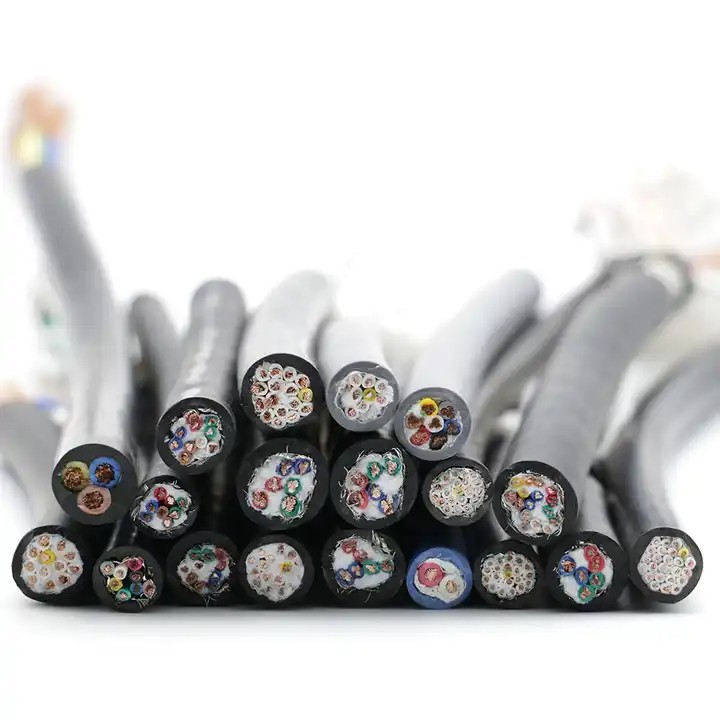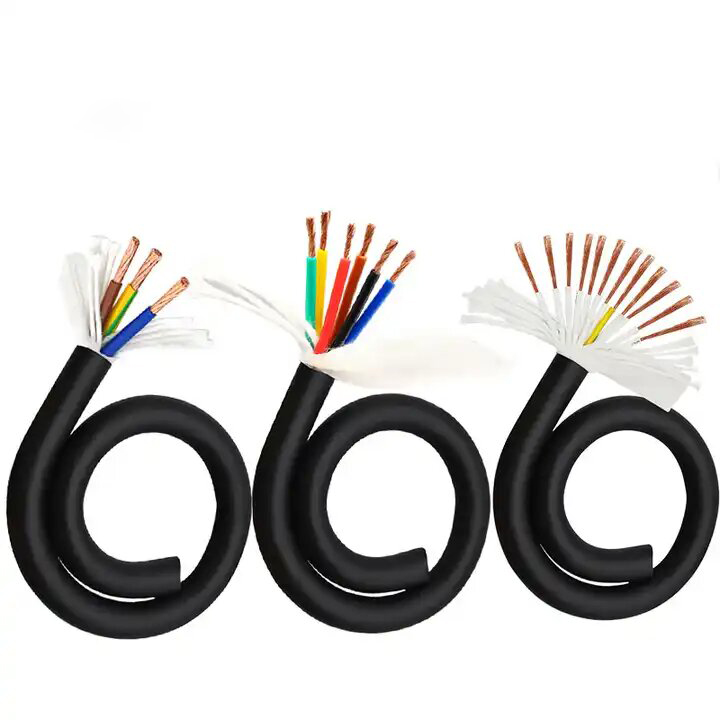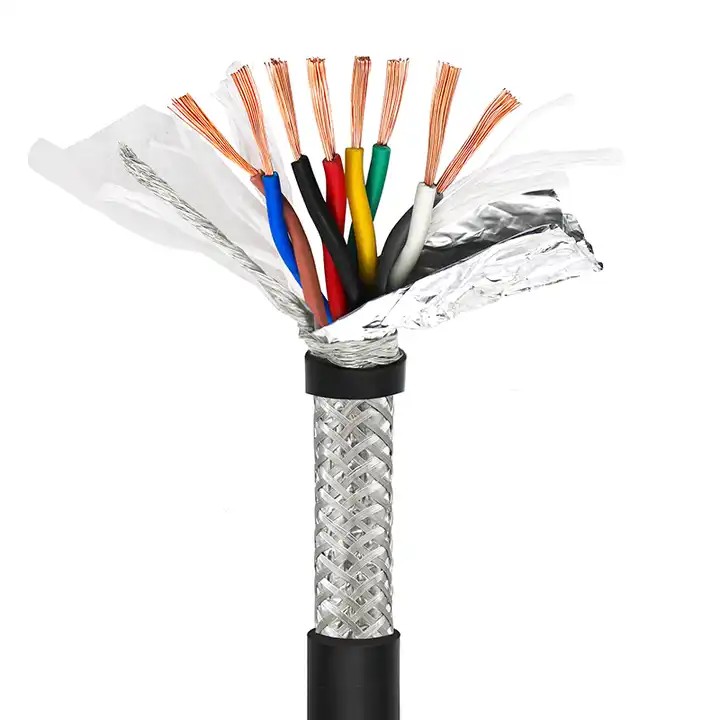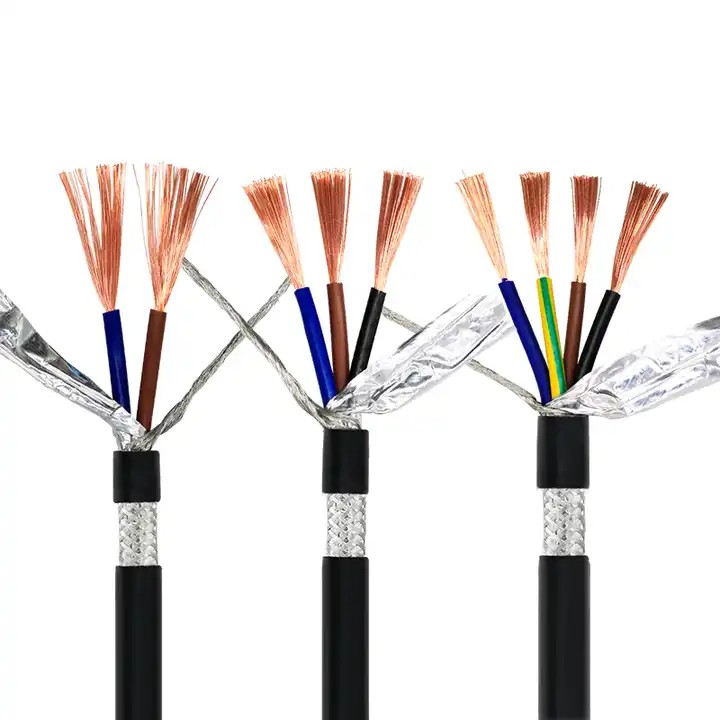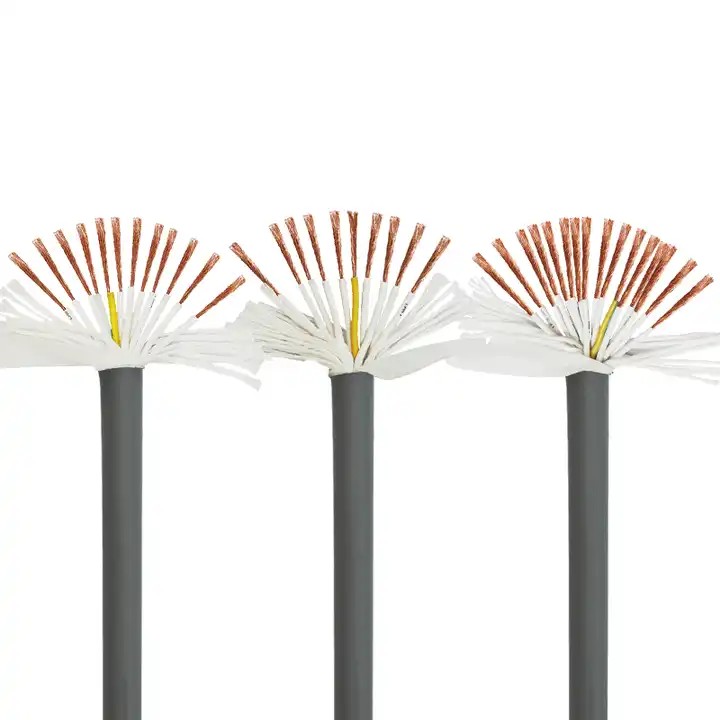In today’s rapidly advancing industrial world, the demand for precise data collection and monitoring has never been higher. From automation systems to machinery diagnostics, accurate and reliable data is crucial to ensure efficient operations. One of the key components that enable seamless data acquisition in industrial environments is the industrial sensor cable. These cables serve as the lifeline that connects sensors to various systems, facilitating the transmission of important data.
In this article, we will explore what industrial sensor cables are, their importance, key features, and how they impact the accuracy and efficiency of industrial data monitoring.
What Are Industrial Sensor Cables?
Industrial sensor cables are specialized cables used to connect sensors to control systems, data loggers, and other devices in industrial settings. These cables are designed to carry electrical signals or data between sensors and monitoring equipment, allowing for real-time data analysis and feedback. They come in various configurations, including shielded and unshielded types, and are built to withstand harsh industrial environments, including exposure to extreme temperatures, moisture, chemicals, and mechanical stress.
These cables are an integral part of automated systems, data acquisition setups, and monitoring networks that support processes such as temperature monitoring, pressure monitoring, flow control, and more.
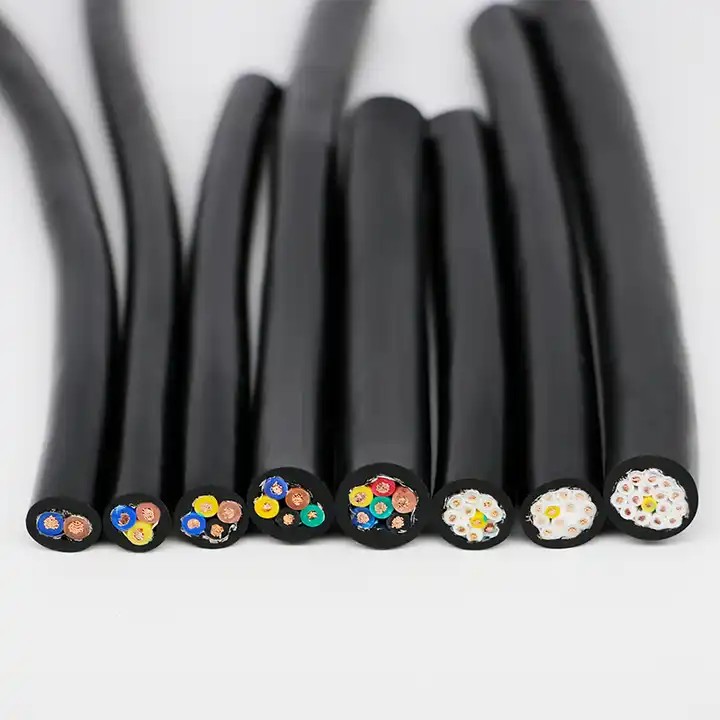
The Role of Industrial Sensor Cables in Data Monitoring
The accuracy of industrial data monitoring is highly dependent on the reliability and quality of the sensor cables. Without proper sensor cables, signals can degrade, noise can interfere, and data integrity can be compromised. Industrial sensor cables are responsible for ensuring that the sensors’ measurements are transmitted clearly and without distortion, allowing for the precise monitoring of key parameters in manufacturing, production, and other industrial processes.
Sensor cables essentially carry information from the sensing element to the processing system, which then analyzes and provides actionable insights. Whether it's measuring temperature, pressure, humidity, or vibration, the cable serves as the conduit for data transmission.
Key Features of Industrial Sensor Cables
When choosing industrial sensor cables for data monitoring, several key features must be considered to ensure optimal performance. These features help the cables withstand harsh conditions while ensuring accurate and reliable data transmission.
1. Durability and Strength
Industrial environments are often tough on equipment, including cables. Industrial sensor cables are built to endure exposure to mechanical wear, abrasions, and vibrations. They must be designed with robust outer insulation to protect against physical damage. Additionally, the internal wires are often made from materials like copper or other alloys that offer excellent electrical conductivity, further contributing to the cable’s durability.
2. Shielding for Signal Integrity
One of the primary features of industrial sensor cables is the inclusion of shielding. Shielded cables are designed to protect the data signals from electromagnetic interference (EMI) and radio frequency interference (RFI), both of which are common in industrial settings. Shielding ensures that the signals transmitted through the cables are not corrupted by external electromagnetic noise, ensuring that data integrity is maintained.
Shielded industrial sensor cables are especially crucial in environments with high-power machinery, equipment with motors, or proximity to other electrical systems.
3. Temperature and Chemical Resistance
Many industrial applications involve extreme temperatures or exposure to chemicals, which can damage standard cables. Industrial sensor cables are designed to operate in a wide temperature range, from freezing cold to high heat, without compromising performance. Additionally, they are often resistant to chemicals, oils, and solvents, making them ideal for harsh industrial environments like factories, refineries, and chemical plants.
4. Flexibility and Ease of Installation
Industrial sensor cables need to be both flexible and easy to install in complex systems. Many applications require cables to be routed through tight spaces, twisted around corners, or bent to fit specific configurations. Flexible cables are often preferred for their ability to conform to these requirements without causing damage to the internal conductors.
Moreover, cables with easier installation processes save time and reduce the cost of installation and maintenance. High-quality sensor cables are designed with user-friendly features such as color-coded conductors, easy-to-strip insulation, and plug-and-play compatibility.
5. Long Life Cycle
Given the high cost and time involved in replacing cables in industrial systems, long-lasting sensor cables are essential. Industrial sensor cables are designed with robust materials and construction methods that ensure a long service life, even in demanding environments. The lifespan of the cables directly impacts the efficiency and uptime of the monitoring system.
Types of Industrial Sensor Cables
There are various types of industrial sensor cables designed for specific purposes. Some common types include:
1. Temperature Sensor Cables
Temperature monitoring is a key component in industries such as manufacturing, food processing, and HVAC systems. Temperature sensor cables are designed to transmit signals from temperature sensors to the control systems. These cables typically include thermocouple or RTD (resistance temperature detectors) configurations, which are capable of providing precise temperature readings in harsh conditions.
2. Pressure Sensor Cables
Pressure monitoring is vital in industries like oil and gas, hydraulics, and automation. Pressure sensor cables transmit data from pressure sensors to monitoring systems, ensuring that fluid and gas systems operate within their specified pressure ranges. The cables must be able to handle high-pressure conditions and transmit signals accurately.
3. Proximity and Motion Sensor Cables
Proximity and motion sensors are commonly used in automation systems to detect the presence or movement of objects. The sensor cables used in these systems ensure reliable data transmission, whether the sensors are detecting metal objects, motion in a conveyor belt, or objects in a robotic assembly line.
4. Humidity and Flow Sensor Cables
Humidity and flow sensor cables are used in industries like pharmaceuticals, agriculture, and environmental monitoring. These cables transmit data from humidity and flow sensors, ensuring that fluid flow and environmental conditions are accurately controlled and monitored.
Why Are Industrial Sensor Cables Important for Data Monitoring?
The importance of industrial sensor cables cannot be overstated, especially when it comes to data monitoring. Here are some reasons why they are crucial:
1. Reliability in Harsh Environments
Industrial environments can be tough on cables. Industrial sensor cables are built to withstand extreme conditions, including heat, cold, moisture, chemicals, and mechanical stress. This durability ensures that data transmission remains reliable and that sensor readings are accurate, no matter the environment.
2. Ensuring Accurate Data Collection
In industries where precision is crucial, such as pharmaceutical manufacturing or semiconductor production, the accuracy of data monitoring can directly affect product quality and operational efficiency. Sensor cables ensure that signals from sensors are transmitted without distortion, leading to more reliable readings and fewer errors.
3. Real-Time Monitoring and Control
In automated systems, industrial sensor cables enable real-time monitoring and control. The data transmitted through the cables allows operators to make timely adjustments to machinery, control systems, and processes, which ultimately improves productivity, reduces downtime, and enhances safety.
4. Cost-Efficiency
Investing in high-quality industrial sensor cables can save money in the long term by reducing the need for frequent replacements, minimizing maintenance costs, and preventing costly errors caused by faulty data. By ensuring accurate and reliable data transmission, businesses can optimize their processes, improve their production lines, and avoid operational losses.
Conclusion
Industrial sensor cables play an indispensable role in ensuring that industrial systems operate smoothly and efficiently. They are the backbone of data transmission in industrial monitoring systems, allowing for accurate, real-time information to be transmitted from sensors to control systems. Whether you’re monitoring temperature, pressure, humidity, or motion, industrial sensor cables ensure the reliability and accuracy of the data you depend on.
By investing in high-quality, durable, and feature-rich sensor cables, industries can significantly improve their data collection, monitoring capabilities, and operational efficiency. Ultimately, these cables are a critical component of any successful industrial setup that requires continuous monitoring and control.


